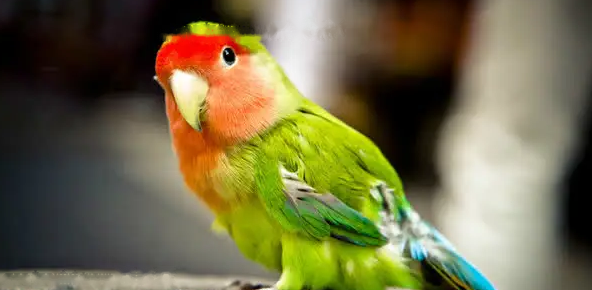When we are preparing to raise small animals for the first time, we will check all kinds of information on the Internet in advance, make preparations in advance, what type of pets need to pay attention to and what to prevent, and how to make them Baby pets grow up healthy and happy, and give them a comfortable environment! If you want to rely on small traders, it is not reliable, because many times their own knowledge is not very comprehensive. So it is best to prepare in advance. Now, let's talk about the essential common sense of raising rabbit!

1. Let the rabbit eat special rabbit food. It is best to let the rabbit drink boiled water to avoid diarrhea. In addition, when providing some vegetable leaves, it is best to wash and dry the vegetables first to prevent the rabbit from having diarrhea.
2. Feed carrots, vegetables and fruits to the rabbit in moderation. A lot of vegetables can cause diarrhea in the rabbit, and the real feeding method is to provide a lot of hay.
3. Pet rabbits should be freed for a certain period of time and cannot be kept in cages all the time. Rabbits are very lively, and slowly you will find the fun of raising rabbits.
4. The correct way to hold a rabbit is to gently hold the fur on the neck with one hand, and immediately hold the body of the rabbit with the other hand. Don't grab the ears, which are full of microvessels and are very fragile.
5. Be careful of tetanus from being bitten by rabbits. If you are accidentally bitten by a rabbit, clean and disinfect it in time.
6. When purchasing pet rabbits, it is necessary to purchase and inject vaccines in a regular pet market. Some vaccines can help prevent certain diseases in rabbits, but usually rabbits have a relatively short immunization period, so ask when your next immunization is due.
7. Pet rabbits should be kept in cages to avoid excessive contact with children, so as not to be unsanitary. At the same time, the cages of rabbits should be placed in a ventilated and dry place. The dark and humid environment is likely to cause rabbit skin diseases. .
![[Dog Training 5] The training method of pet dog dining etiquette](/static/img/12192/12192_1.jpg)




